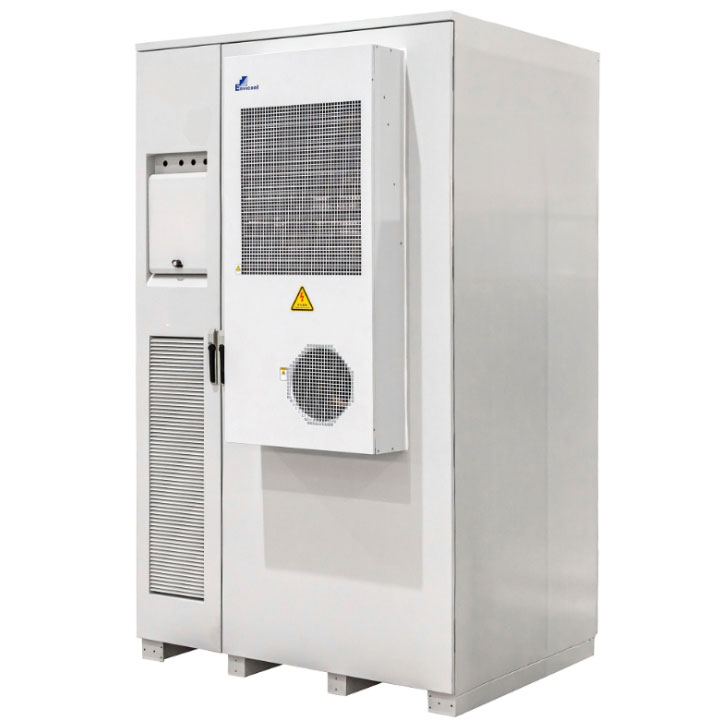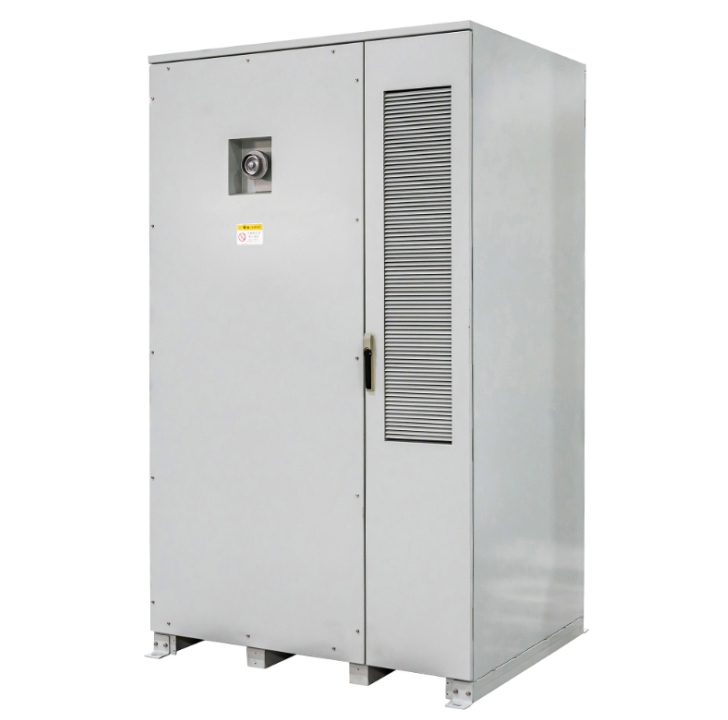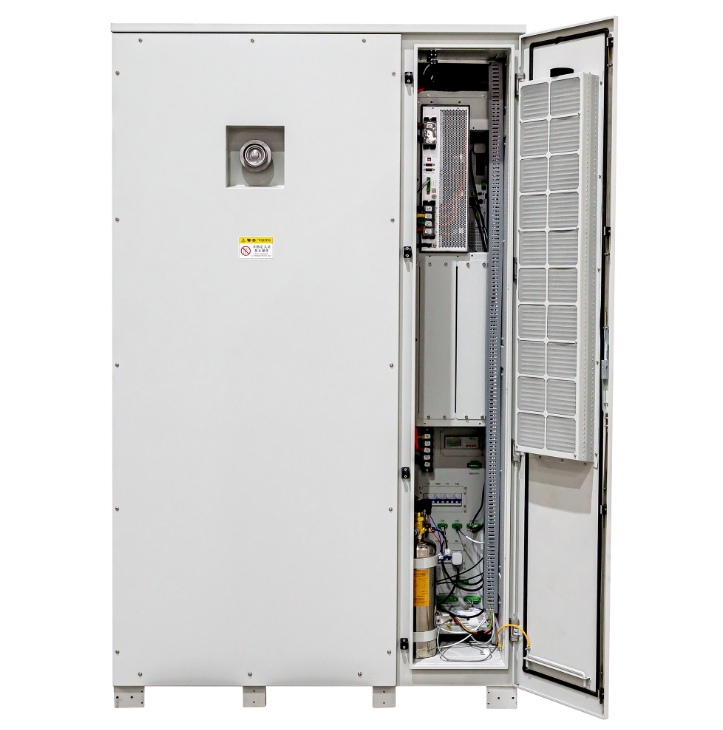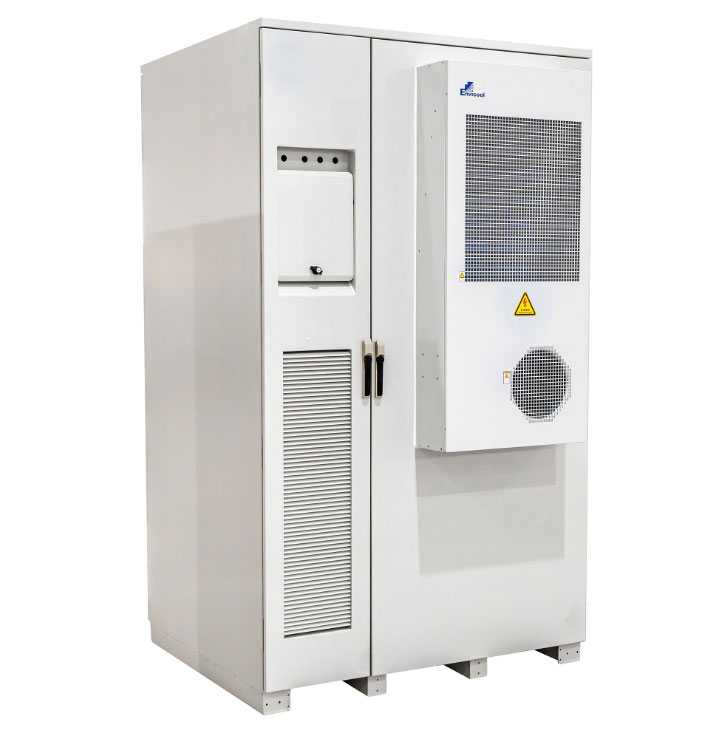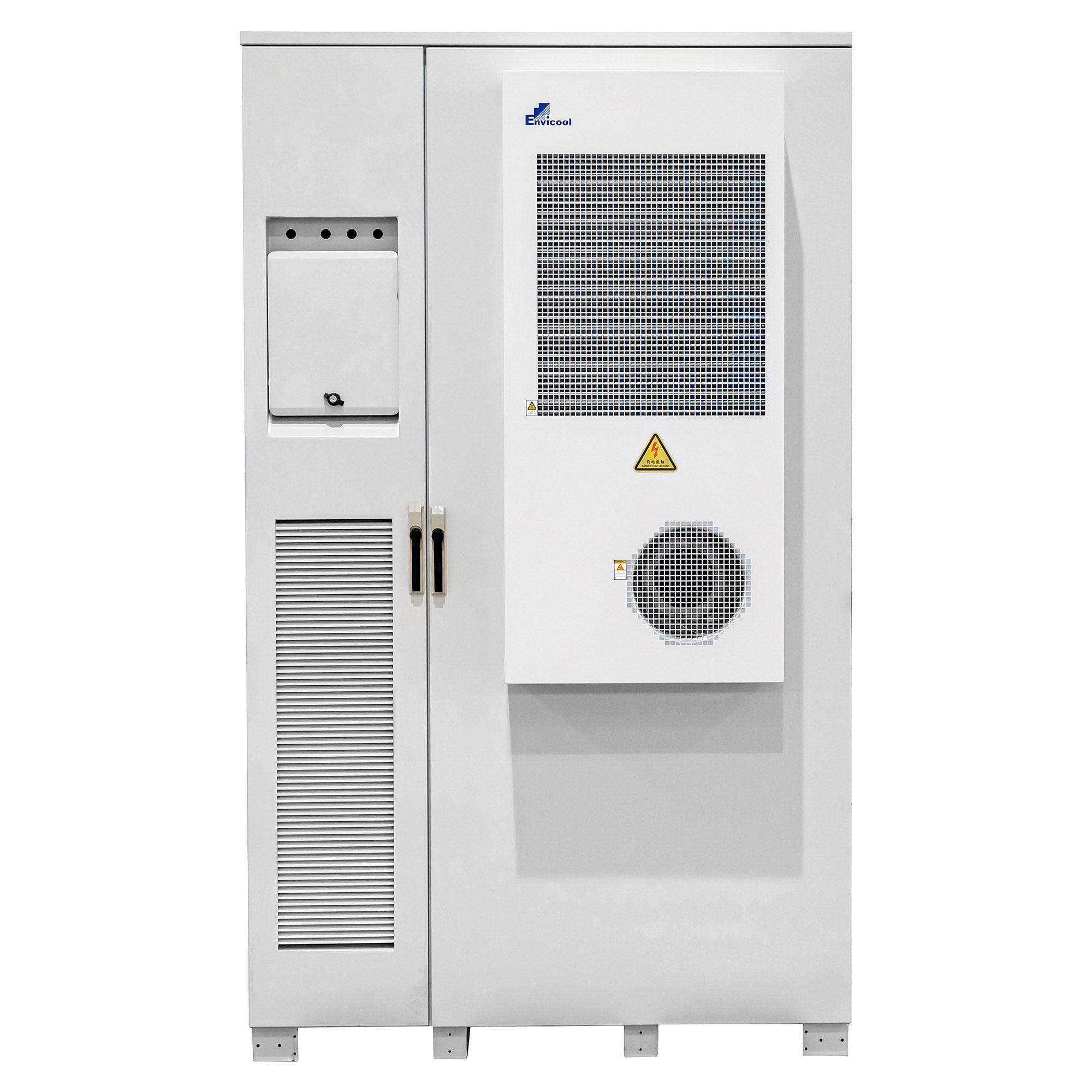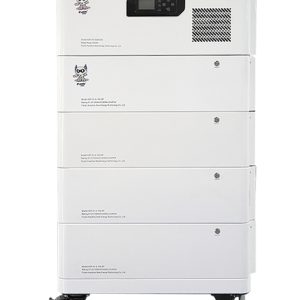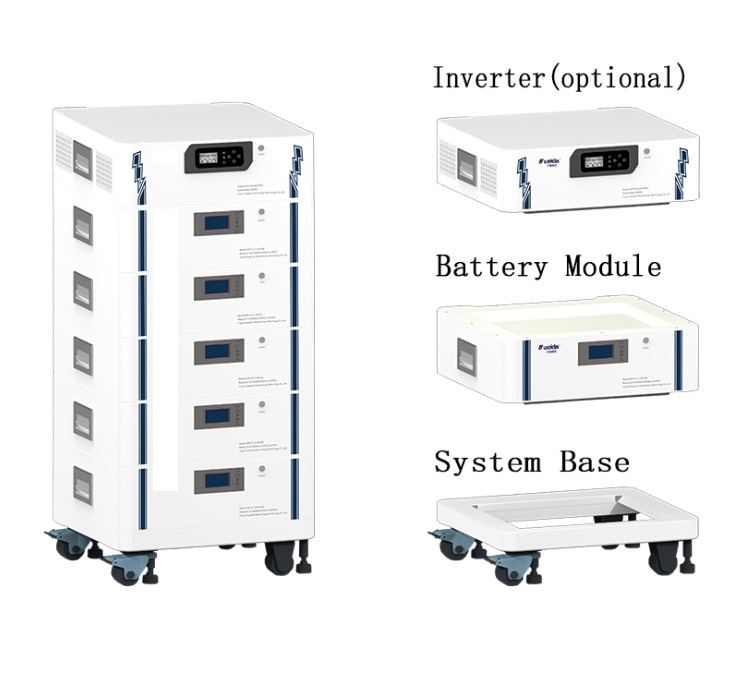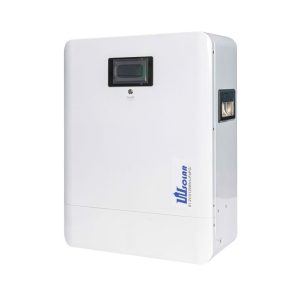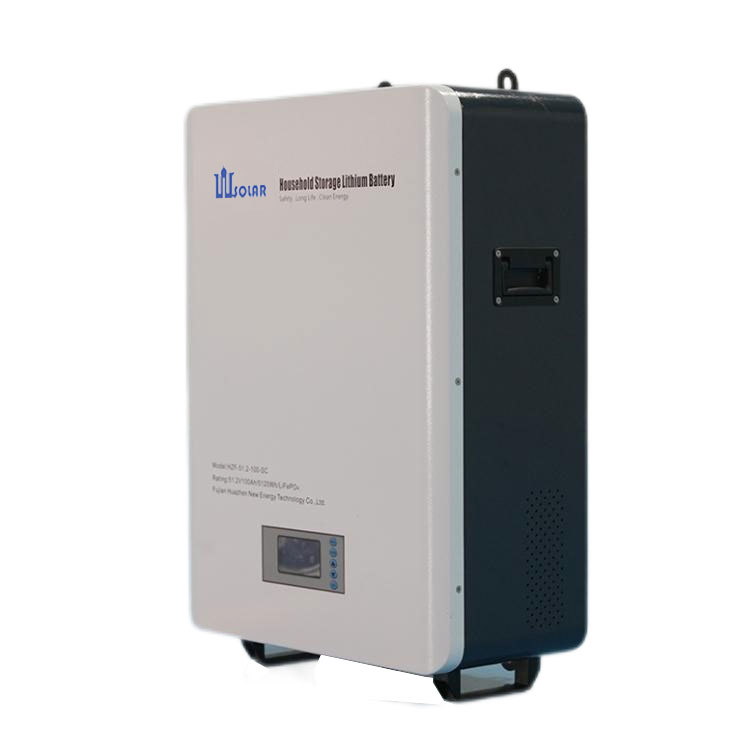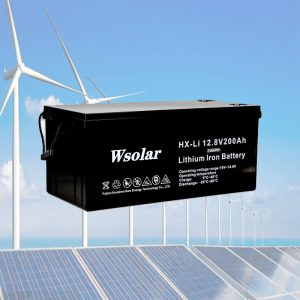C&I Energy Storage System Lithium battery energy storage cabinet (Bess)
System Components
-
Lithium Battery Module

The system is mainly composed of a safe, efficient, and long-life lithium iron phosphate cell through series and parallel to form a battery module, and several modules in series to form a battery cluster.
-
Battery Management System

The core component of the system effectively protects the battery from over-charging, over-discharging, over-current, etc., and simultaneously manages the equalization of the battery cells to guarantee the safe, reliable, and efficient operation of the whole system.
-
Monitoring System

System operation data monitoring, operation strategy management, historical data logging, system status logging, etc.
Features:
-
SAFE AND RELIABLE
Lithium Iron Phosphate battery cells from first-tier manufacturers.
Intelligent air-cooling design, long system life, and smooth operation.
Module, battery cluster secondary BMS design, multiple status monitoring.
-
EFFICIENT AND CONVENIENT
High energy type system has high energy density, stable and reliable performance,
long service life Modularized design, convenience for maintenance,
management and capacity expansion
-
ACTIVE EQUILIBRIUM
3A active equalization, overcoming the impact of single-cell capacitance on system capacity.
Equalization accuracy is less than 2%, and equalization capacity up to 10% of rated output.
-
COST OPTIMIZATION
Small size and lightweight, saving space and installation costs.
Long cycle life, low failure rate, reduced operation and maintenance investment.
Application
- Commercial & Industrial Demand Management, peak-load shifting
- User-side Backup Power
- Wind and light Storage adjustment, peak and frequency
- Microgrid System

Application Scenario Topology
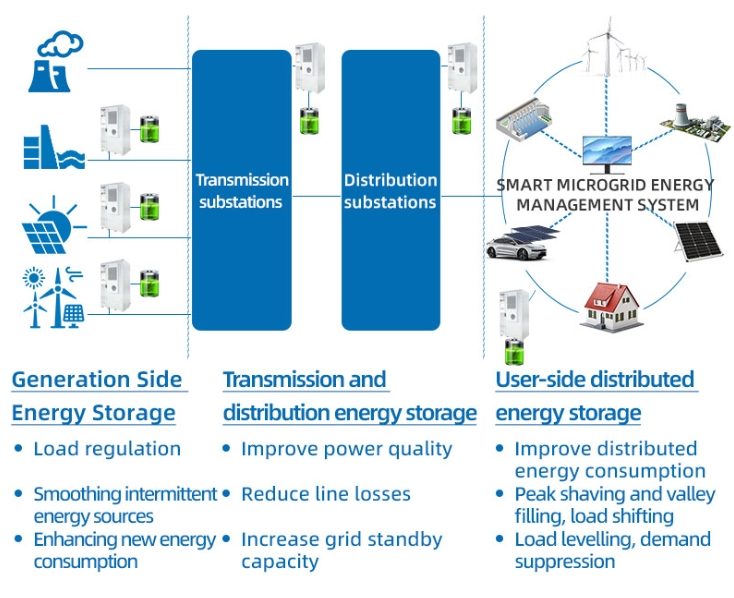
Parameters
| Energy storage system | ||
| Basic parameters | Type | 100KW/215KWh |
| Energy storage capacity | 215KWh | |
| Energy storage configuration | One 768V280AH lithium battery energy storage system | |
| System voltage | 768V | |
| Operating voltage range | DC672V~DC876V(2.8V~3.65V) | |
| Cell type | LFP | |
| Cycle life | >6000times(100%DOD,Remaining:80%,0.5C) | |
| Remaining capacity at the end of 10 years | >150kWh(70%) | |
| DC side parameters | Voltage range | DC650V~DC900V |
| Direct current channel | 1 | |
| Single channel rated current | 175A | |
| AC grid connection parameters |
Output line system | 3W+PE |
| Rated power | 100KW | |
| Rated voltage | AC 380V | |
| Rated current | 151A | |
| Voltage range | -15%~+10% | |
| Rated frequency | 50Hz/60Hz | |
| Frequency range | ±2Hz | |
| Power factor | 1 | |
| Output harmonics rate | ≤3% | |
| AC current distortion rate | <3%(At rated power) | |
| Protection | Inputanti-reverse connection | Yes |
| Output overcurrent | Yes | |
| Output overvoltage | Yes | |
| Anti-islanding | Yes | |
| Insulation resistance detection | Yes | |
| Kinetic energy | Comprehensive efficiency in charge and discharge | ≥87% |
| Data acquisition frequency | ≤30s/times | |
| Remote detection recovery | Yes | |
| Environment | Operating temperature | -20℃~55℃(Above 45℃derating) |
| Storage temperature | -20℃~60℃ | |
| Relative humidity | 0%RH~95%RH,non-condensing | |
| Working altitude | At 45℃,2000m;2000m~4000m derated use | |
| Noise | <70dB | |
Electric Core
Lithium battery system using 3.2V 280Ah high energy type lithium iron phosphate core, square aluminum shell design, reduces the possibility of damage to the surface of the core due to mechanical damage and of damage to the inside of the core, improves the safety performance of the product. The battery cells are installed with a film-shaped explosion-proof valve to ensure that in any extreme case (such as internal short circuit, battery overcharge, and over-discharge, etc.), a large amount of gas quickly gathered inside the battery cell can be discharged through the explosion-proof valve to improve safety.
| Parameter List | ||
| Battery type | LiFePO4 | |
| Nominal battery energy☆ | 280.0Ah | 0.5C@25℃ |
| Nominal voltage☆ | 3.20V | |
| Operating voltage range | 2.5~3.65V | |
| AC internal resistance☆ | ≤0.18mΩ | |
| Net weight | ≤5500g | |
| Max charge current | 0.5C/1C | continuous50%SOC,30s |
| Max discharge current | 1C/2C | continuous50%SOC,30s |
| Max operating temperature range | -20℃/+60℃ | |
| Charge temperature | 0℃~45℃ | |
| Discharge temperature | -20℃~60℃ | |
| Optimum operating temperature range | 15℃~35℃ | |
| Storage temperature | -40℃/+60℃ | Within 1mont -40℃-45℃,within 6mont-20℃~35℃ |
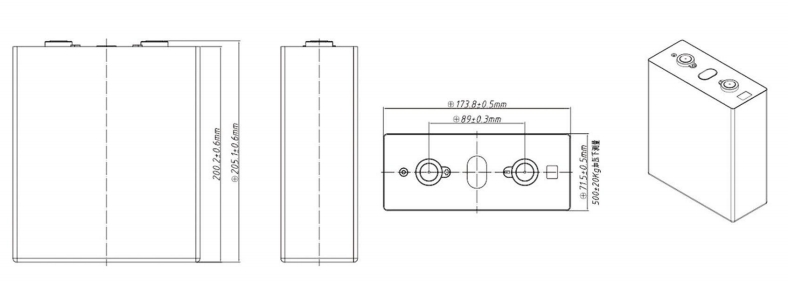
Modules
The battery module consists of 12 3.2V 280Ah lithium iron phosphate cells, 1 parallel, and 12 strings (12S1P) to form a 38.4V 280Ah battery module. The module has a built-in BMU system, which collects the voltage and temperature of each cell and manages the equalization of cells to ensure the normal operation of the whole module safely and efficiently.
| Parameter List | |
| Capacity | 280Ah |
| Connection | 1P16S |
| Rated voltage | 51.2V |
| Rated battery energy | 14.336kWh |
| Max continuous charging current | 140A(0.5C) |
| Max continuous discharge current | 140A (0.5C) |
| Operating voltage range | 44.8~58.4V |
| Operating ambient temperature | -20℃~55℃ |
| Weight | ≤116kg |
| Dimension(W*D*H) | 420mm*863mm*226mm |
| Communication | CAN |
| Cooling method | Intelligent air cooling |
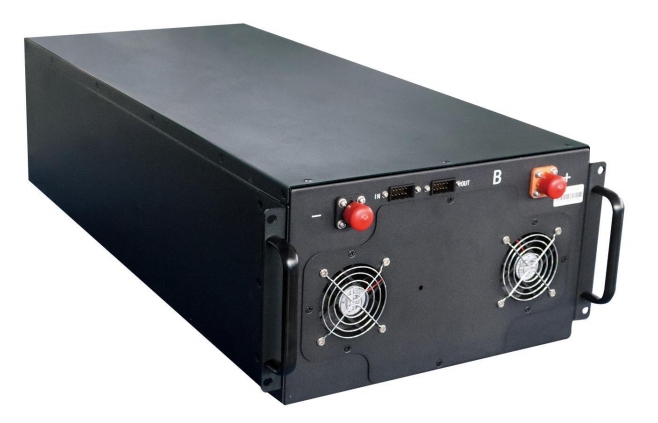
FAQ
How is the early warning of the security system realized?
BMS three levels, a first level of warning, the second level of alarm power reduction, three levels of power outages; temperature, smoke, combustible gas detection, the use of propane fire extinguishing, there are remote and on-site alarms, far infrared video monitoring and recording and other ways.
How is ultra-high voltage converted to supply voltage?
Inside the enterprise, the ultra-high voltage of the utility power is converted into supply voltage using a substation or transformer to supply normal equipment use and energy storage setups.
Warranty issues, cycle count issues, how many cycles is a normal battery?
Warranty 5 years, the first three years free of charge, and the next two years charge the cost of accessories, and travel costs; the normal cycle life of the battery is 6000 times, 1 charging and 1 discharge per day can be used for more than 15 years, 2 charging and 2 discharging can be used for more than 8 years.
How do you maximize the efficiency of 2 charging and 2 discharging?
Valley-peak, flat-peak (full charge and discharge) This maximizes system utilization.
What are the configuration facilities of the storage cabinets?
It consists of the battery pack, battery management system BMS, energy storage converter PCS, energy management system EMS, fire protection system, monitoring system, and other related auxiliary systems. Small size, large storage capacity, high temperature and low-temperature resistance.
What are the benefits of energy storage cabinets?
(1) Shaving peaks and filling valleys, saving more than 60% of electricity costs by utilizing the peak and valley price difference.
(2) Not troubled by power outages, pulling the power limit, not affecting normal production.
(3) State subsidies, and equipment credit for corporate income tax.
(4) Emergency disaster preparedness standby.
(5) Reduce carbon emissions, grid-connected operation, all benefits, data open and transparent, national grid monitoring and accounting.
(6) Lithium iron phosphate battery will not trigger its own thermal runaway, no explosion, no fire.
How big of a footprint do energy storage cabinets need?
100kWh-215kWh indoor energy storage cabinets are installed in a footprint of 4m’ Weight of about 2.5T, three-sided side-by-side design covers a small area. Outdoor cabinets are designed under fire protection and temperature control requirements and can be placed in the open space outside the distribution room.

